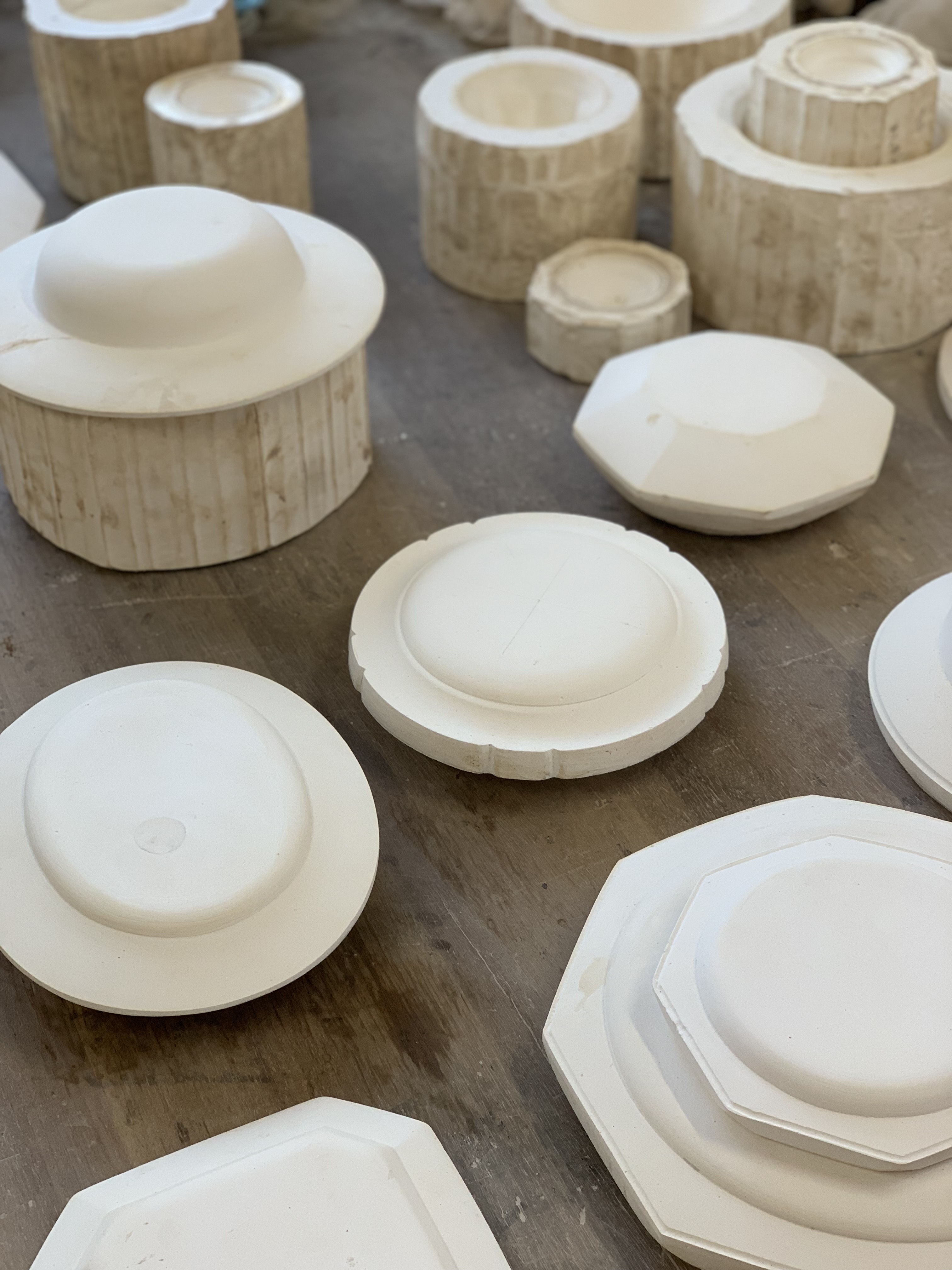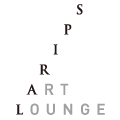Welcome to our ‘spiral market selection’ interview series, where we look at living from the viewpoint of artists and creators engaged in craftsmanship for daily life. In our twentieth interview, we spoke with Tajimi-based Naozumi Tanaka, whose craftsmanship is driven by high regard for the users. His tableware pieces are versatile and lightweight but with a touch of something special, precisely because they are meant to be used every day.

──Warped tableware
I was enrolled in the pottery course of the fine and applied arts program at a Kyoto university. I love shrines and temples and I was constantly exploring Kyoto on my bicycle. I was originally interested in art, but at the time I was quite taken by film as well. I wanted to try acting so I joined a student film group that met in the city. I was of course interested in pottery too, but back then I never thought it would be something I'd pursue. Looking back on my student days, I think I spent a lot of time contemplating who I wanted to be.
At university, we were expected to use the pottery wheel to see how many proper finished pieces of the same size we could make in a short period of time. I wasn't comfortable with that mechanical way of doing things. It made me feel like tableware had to be sharp and precise with an air of tension.
Just as I was contemplating my future, I came across works by ceramic artist Masanobu Ando, and I was blown away. His tableware had this distorted form that I’d never seen before. Words can't describe my emotions in that moment. Straight away I thought – “this is what I’ve been looking for”. All of a sudden, my future became clear. I'm not very proactive usually, but for some reason I knew I couldn’t let that feeling go. I wrote to Ando-san immediately to ask him to let me work in his studio. At first, it didn’t work out, so I went back to my hometown and helped out with the family business. But I couldn’t get it out of my head. I wrote and went to visit several times – I needed to explain my position. It’s now been 13 years since I joined Galerie Momogusa led by Masanobu Ando.

──Craftsmanship driven by regard for users
For all my pieces I use one of two methods: one called tatara-zukuri (slab-building) in which slabs of clay are pressed together to form shapes, and another called tama-zukuri whereby a ball of clay is spread to fit a mold. I could make 200 items a day on the pottery wheel, but when building with slabs, 20 to 30 is my limit. I’ve tried lots of different techniques but the ones I’m using now are the best for the tableware I’m hoping to present – smooth to the touch and lightweight, in forms that are simple yet still allow you to experience the warmth of the work created by my hands.
I may be an artist but I’m not aiming for eccentric pieces; I want to make tableware that gives you that special feeling, but that’s still accessible for everyday use.

──Tableware in white
I’m constantly doing experiments with white glazes. My research is very focused on making a nuanced “white” to really highlight the ingredients in a dish.
It’s simple to create a basic white colour, but how it comes up changes a lot based on the temperature in the kiln and where you place it for firing. I’ve been mixing my own glazes since the outset. Commercial glazes allow you to achieve more consistent results even in varied conditions, but the appeal for me in mixing my own glazes is that even though they lack that stability, you get a really unique texture and quality. It’s a matter of trial and error, but now I’m getting close to the colour I want to make.
I love the appearance of tableware from the Korean Joeson dynasty and Chinese Song dynasty, as well as early Imari wares. I go to exhibits at art galleries, and with pieces I’ve bought at an antique market, I keep them close at hand so I can admire them. It’s the cumulation of pieces I’ve seen to date and a combination of the elements I’ve experienced that underline the works I’m able to create today.
Interview and editing: SPIRAL

Joined Galerie Momogusa after graduating from Kyoto University of Art & Design
Currently producing out of studio MAVO in Tajimi City
Instagram ID: zumii85

※ delivery in Japan only, website in Japanese
Spiral Online Store : Naozumi Tanaka's Special page

Venue:Spiral Market
※ The event has ended.





